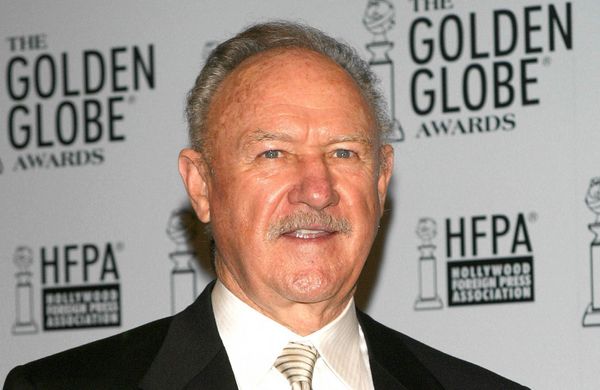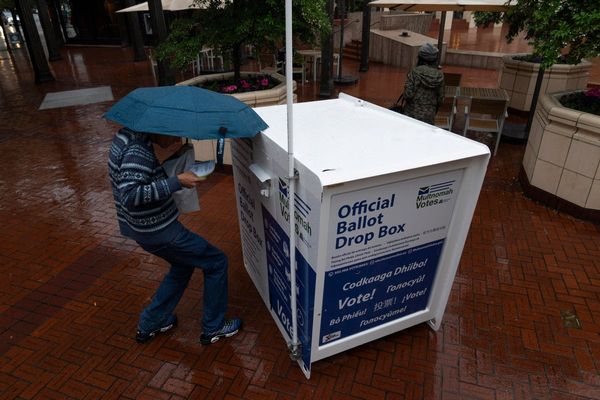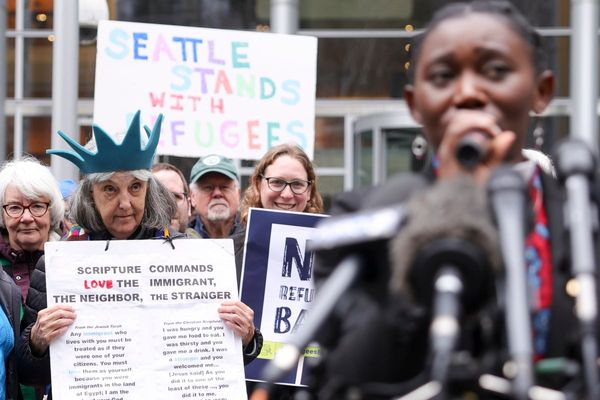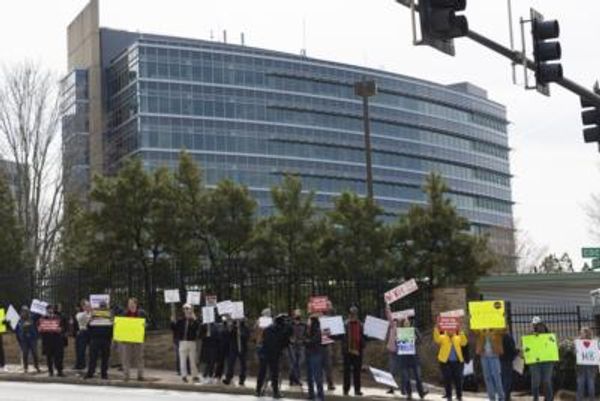
It is noteworthy that details of the recent deal are being disclosed by the U.S. president rather than Prime Minister Netanyahu. This move by President Biden to provide a comprehensive proposal indicates a significant shift in approach. American officials seem to be emphasizing the need for substantial public pressure on both Israeli leadership and Hamas to consider the proposed deal.
President Biden highlighted the potential benefits of the deal for Israel, emphasizing enhanced security and a path towards long-term stability. He also called upon global protesters advocating for a ceasefire to redirect their efforts towards pressuring Hamas to accept the proposal.
The proposal, described as Israel's latest offer, outlines a phased approach towards achieving a lasting ceasefire. Notably, negotiations for a permanent resolution would continue under the ceasefire until an agreement is reached. This strategy appears to provide a diplomatic pathway for securing a sustainable ceasefire without imposing immediate commitments on Israel's political leadership.



However, Hamas maintains a firm stance, insisting on an immediate end to hostilities or an upfront agreement from Israel before engaging in negotiations for the next phase. The group demands a halt to Israeli military operations in Gaza as a precondition for talks.
The divergence in positions between Israel and Hamas poses a challenge to the negotiation process. While Israel's proposal aims to navigate towards a gradual resolution, Hamas remains steadfast in its demands for immediate concessions.
The evolving dynamics of the situation underscore the complexities involved in reaching a consensus for a lasting ceasefire. The coming days will reveal how the proposed deal is received by the involved parties and the international community.







